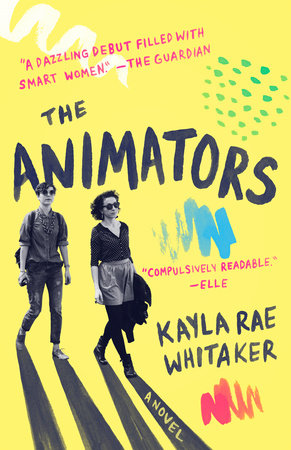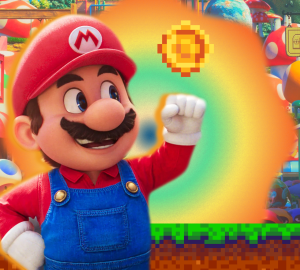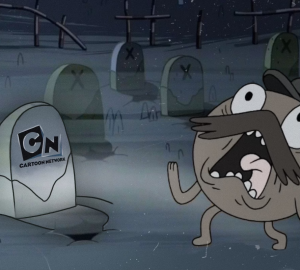Go read ‘The Animators’ by Kayla Rae Whitaker
“The Animators” is not a book about animation. The book was first published by Random House in 2017 and written by Kayla Rae Whitaker. Though animation is the medium of choice for the two artists the book follows, it’s not about the animation industry or how the animation world works. What “The Animators” is really about is the lives of two women, best friends Mel Vaught and Sharon Kisses, who make movies about their troubled childhoods. Sharon and Mel’s work comes first in their lives, at the expense of their interpersonal relationships. When devastating accidents happen to them both, they need to rebuild their artistic practices and their lives around them.

“The Animators” tells the story of an artistic coming of age for Kisses, the narrator, and the rise and fall of her artistic partner and companion Mel Vaught. They are each other’s supports and each other’s foils, similar and different. The books shows the close friendship and creative partnership that reminded me of working on projects with my own best friend. That partnership resonates strongly throughout the entire novel, whether they’re working together or fighting. This gives the novel a very tight emotional core.
The prose is rich and layered, going into the gritty depths of both rural Kentucky and trendy Brooklyn life. The characters feel vivid and present, with carefully chosen descriptions. “This is Mel’s way: not mood swings but peaks and valleys, control and then controlled fury and then uncontrolled fury,” Whitaker writes. “But the air this morning is different, precarious and swollen with blood. We’re coming up over the mountain now.”
Whitaker, a Kentucky native, writes about her home state with an authority that doesn’t quite extend to her knowledge of the animation industry. In the final few scenes of the novel, the narrator hires five fresh graduates from The School of Visual Arts for her animation studio — four men and one woman. As any animation major at SCAD can tell you, art schools, and animation programs within art schools, are majority female.
For a narrative about women in a male-dominated industry, two women who want to promote and mentor other women in animation hiring mostly men stands out as strangely unrealistic. Animation is male-dominated, true, but the times are changing and the demographics are shifting fairly quickly in the last few years.
Additionally, just because most famous animators and underground comic illustrators the fictional artists took inspiration from are men, doesn’t mean that women didn’t exist in those spheres. I feel like Mel and Sharon would have discovered the lesbian underground comics, riot grrl zines and Lotte Reiniger — things like that. I understand part of the point of the novel is sexism inherent in the indie animation field, but there’s more to animation and underground art culture than that.
Overall, “The Animators” is an exciting, well-written book with tense stakes. It’s an absorbing story about art and the artists that make it, and separating yourself from your work. As young artists ourselves, SCAD students should find it particularly relevant.





















